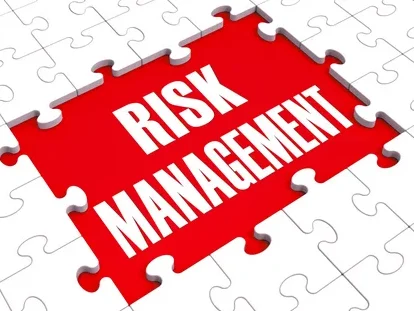The infamous volatility of the bitcoin market. Has been demonstrated once more. Many investors are now facing large losses as a result of the steep decline in prices following the cryptocurrency crash, recovery the recent rise. Fear and uncertainty. They are sparked by headlines that talk of a “collapse.” However, astute investors are aware that every cryptocurrency crash has traditionally been followed by a period of recovery. Which frequently results in new highs. In actuality, the current slump may be the start of a recovery rather than its conclusion.
Investors can not only survive the storm but also strategically position themselves for future gains by knowing where we are in the market cycle and how to offset cryptocurrency losses. This article examines the reasons why the cryptocurrency meltdown has not yet ended. But rather heralds a comeback and provides doable strategies to lessen losses in this unstable climate.
Several factors contribute to the ongoing volatility in the cryptocurrency market

Macro-Economic Uncertainty
Investor confidence in all asset classes, including cryptocurrencies, is nevertheless impacted by global economic conditions. Factors include rising interest rates, inflation worries, and geopolitical tensions. Cryptocurrency assets frequently see increased selling pressure when conventional markets falter as investors look for liquidity or take cover.
Regulatory Clampdowns
Over the past ten years, speculation and enthusiasm have propelled the cryptocurrency market’s meteoric expansion. A market correction was inevitable, of course. By eliminating speculative bubbles and weak hands, this catastrophe serves as a market cleanse, opening the door for more sustainable expansion.
Technological and Network Developments
Behind the price swings, many blockchain projects continue to evolve and improve their infrastructure. Updates such as Ethereum’s transition to Proof of Stake (Ethereum 2.0) or developments in decentralized finance (DeFi) and NFTs signal long-term value creation, cryptocurrency crash recovery, even if short-term prices remain volatile.
History offers strong evidence that cryptocurrency crashes tend to be followed by recoveries and subsequent bull markets:
It took over three years for Bitcoin and other significant cryptocurrencies to hit new all-time highs following the 2017 peak and subsequent fall.
Massive sell-offs followed the early 2022 meltdown, but there was also a surge in institutional interest and creative DeFi applications.
Because Bitcoin halving events limit new supply and usually precede bull runs, market cycles in the cryptocurrency space often occur at four-year periods.
In this sense, the current slump can be seen as a reset button rather than a complete stop. Following these cycles, long-term investors who maintain their patience and knowledge frequently reap substantial gains.
Managing Risk During Downturns

To navigate the ongoing market turbulence, investors should adopt smart strategies to reduce losses and prepare for future gains. Key approaches include diversifying holdings across stable and high-potential assets, using dollar-cost averaging to avoid poor timing, regularly rebalancing portfolios to maintain risk levels, and leveraging tax loss harvesting where possible. Staying informed helps prevent panic selling, while staking and yield farming can provide additional income streams during downturns. Together, these tactics can help investors manage risk and position themselves for a strong comeback.




